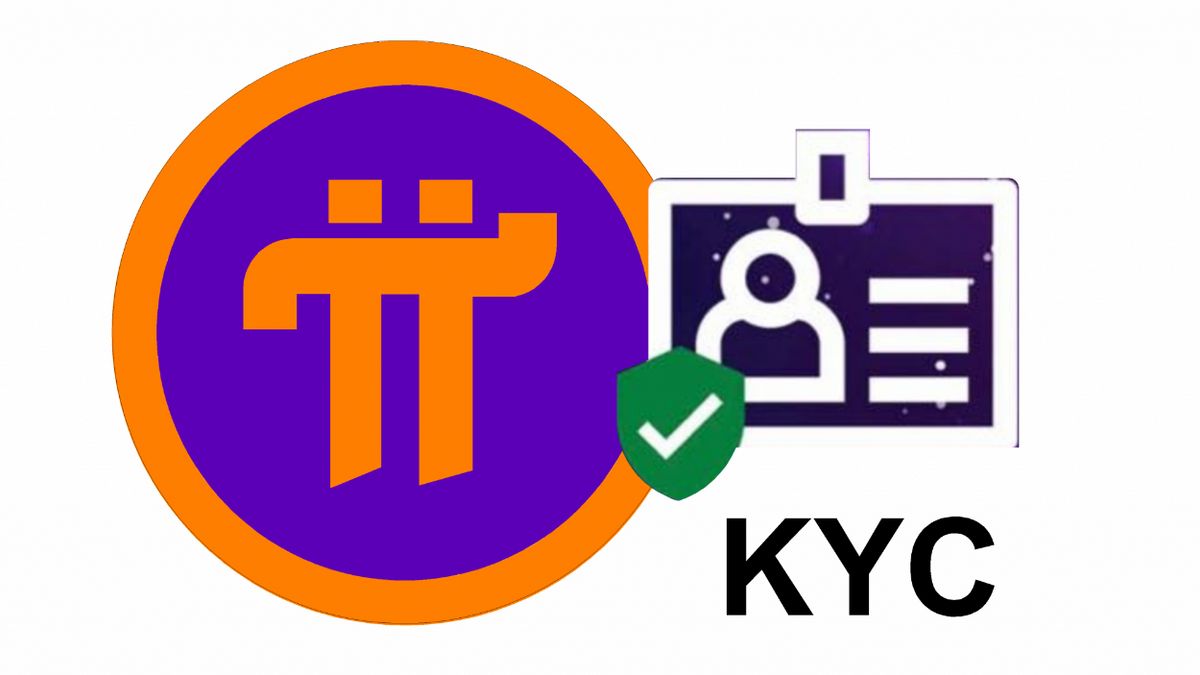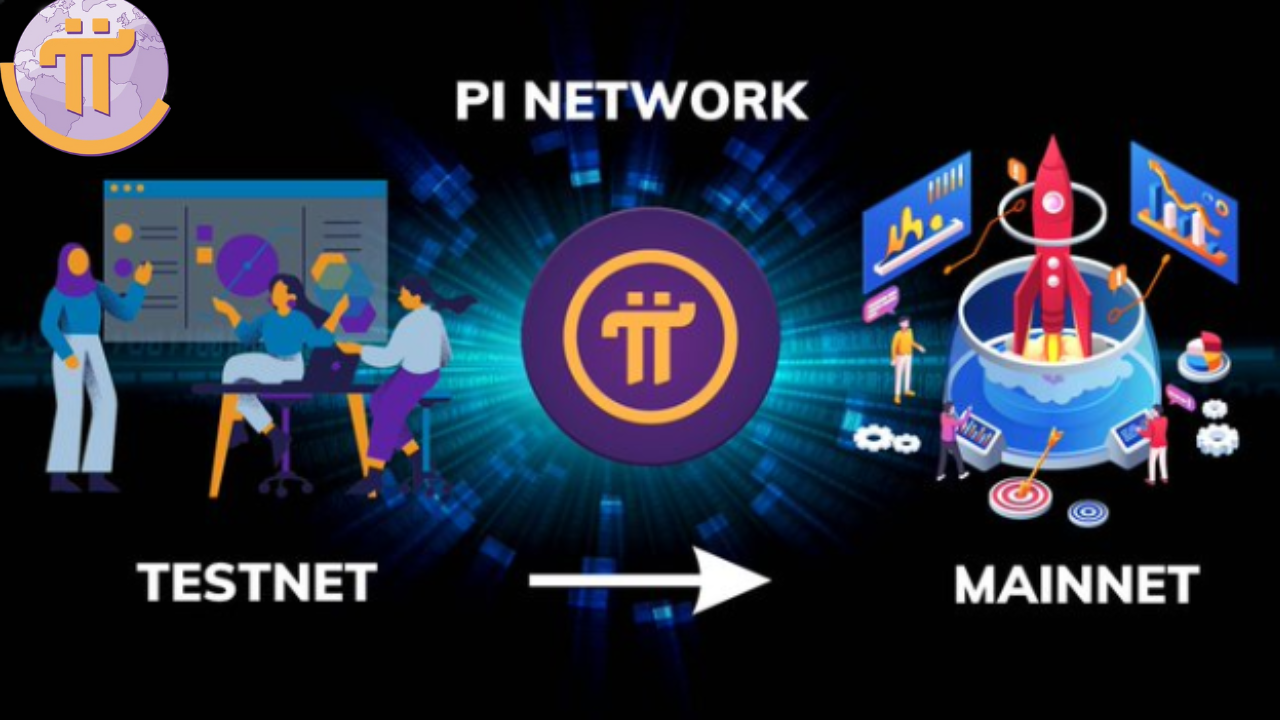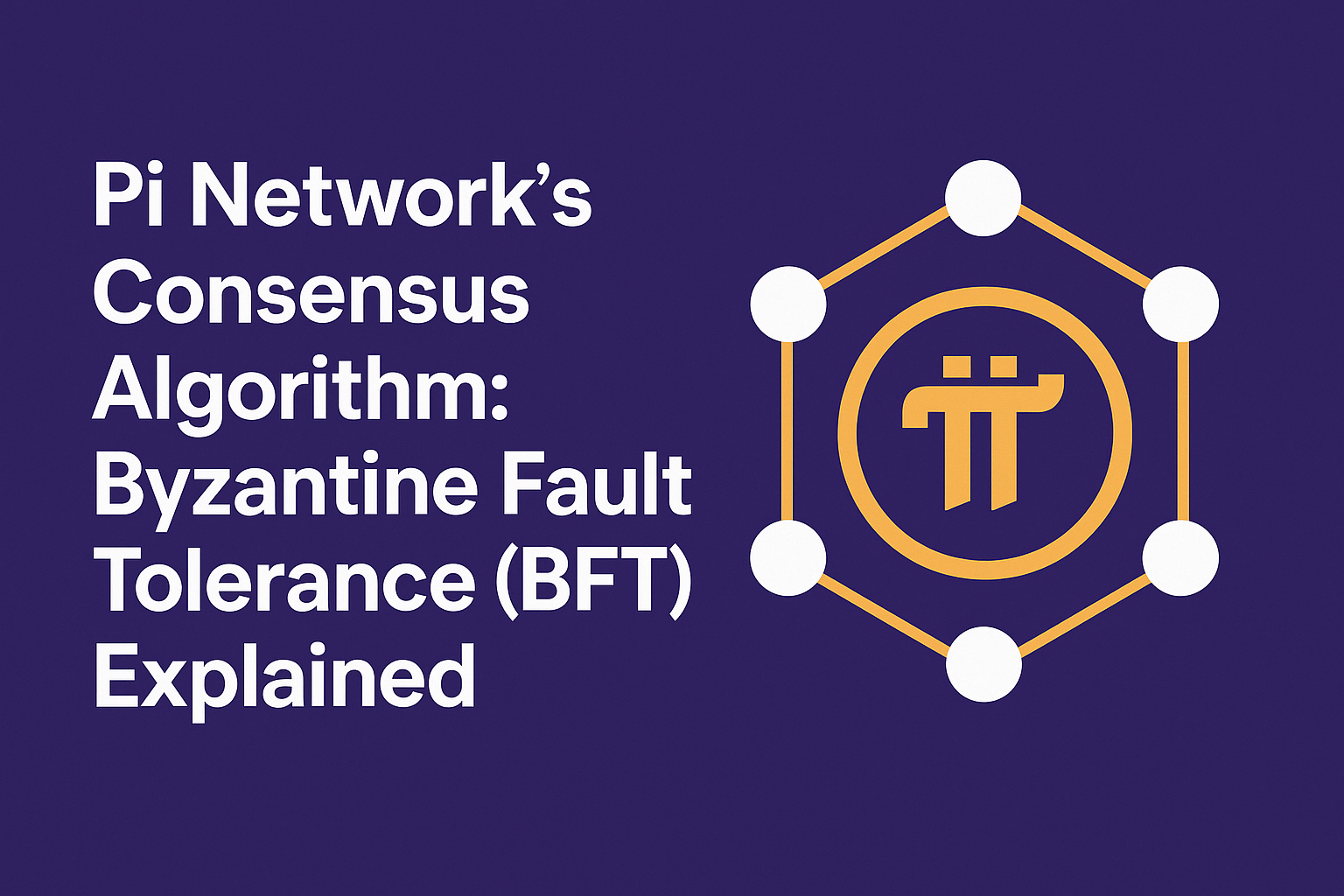Pi Network’s KYC (Know Your Customer) Process: Everything You Need to Know
As Pi Network transitions from its Testnet phase to Mainnet, one of the most critical milestones for its users is the KYC (Know Your Customer) process. KYC is a standard procedure in the world of finance and blockchain, aimed at verifying the identity of users to prevent fraud, money laundering, and to ensure regulatory compliance.
For Pi Network, KYC is not just a regulatory checkbox—it’s a crucial step toward decentralization and fair distribution of the Pi cryptocurrency. Without KYC, users cannot migrate their mined Pi to the Mainnet and fully participate in the growing Pi ecosystem.
In this comprehensive guide, we’ll explore:
- What KYC means in Pi Network
- Why it’s important
- How the process works
- Who is eligible
- Challenges and solutions
- Tips for successful verification
- What happens after KYC
🔍 What is KYC in Pi Network?
KYC in Pi Network is the identity verification process required to prove that each user is a real human being and not a bot or duplicate account. Since Pi Network aims to distribute cryptocurrency fairly to real people around the world, KYC is a necessary mechanism to eliminate fake users.
Pi’s KYC is conducted via the Pi KYC App, integrated into the Pi Browser. The app allows users to submit their identity documents and undergo a verification process powered by a mix of AI and human validators from the community.
🧠 Why Is KYC Important for Pi Network?
✅ 1. Prevents Fake Accounts
During the mining phase, users could accumulate Pi simply by logging in daily. Without KYC, malicious actors could create multiple fake accounts to exploit the system. KYC ensures that each real person gets one account only.
✅ 2. Ensures Fair Distribution
Pi aims to build a decentralized and inclusive digital currency. KYC enables the core team to ensure that Pi is distributed to legitimate users and not centralized in the hands of a few.
✅ 3. Mainnet Migration Requirement
Only users who complete KYC will be allowed to migrate their Pi balance from the Testnet to the Mainnet, making it transferable and usable in real-world transactions.
✅ 4. Regulatory Compliance
As blockchain and crypto gain mainstream adoption, KYC compliance becomes critical for future partnerships, listings, and legal recognition in various jurisdictions.
📲 How Does the Pi Network KYC Process Work?
Here’s a step-by-step breakdown of how to complete KYC on Pi Network:
🧩 Step 1: Open the Pi Browser
Download and open the Pi Browser App. Log in using your Pi Network credentials.
🔍 Step 2: Access the Pi KYC App
Within the browser, navigate to the KYC section (usually listed under kyc.pi or found in the ecosystem list).
📝 Step 3: Submit Personal Information
You will be prompted to enter:
- Full name (as shown on your ID)
- Date of birth
- Nationality
- ID document type (passport, national ID, etc.)
📷 Step 4: Upload Identity Document
You’ll need to upload a clear photo of your government-issued ID. Make sure:
- The image is not blurry
- All corners of the document are visible
- Details like name, number, and photo are legible
🤳 Step 5: Face Verification
You may be asked to perform a live face scan or selfie for biometric comparison with your ID photo.
👥 Step 6: Community Validation
In Pi’s decentralized model, part of the verification may be peer-reviewed by KYC validators—real users who help confirm the authenticity of submissions.
⏳ Step 7: Wait for Results
Once submitted, your KYC application is reviewed. This can take a few hours to several days, depending on the number of applicants in the queue.
🌍 Who Is Eligible for KYC?
Pi Network is gradually rolling out KYC based on a priority and invitation model.
Priority given to:
- Pioneers with high mining activity
- Users who are active contributors (node operators, community leaders)
- Users referred by KYC-verified members
- Regions where Pi has strong community growth
Eventually, all users will have the opportunity to complete KYC before Mainnet fully opens.
🚧 Common Issues and Challenges
❌ 1. Document Rejection
- Low-quality images
- Expired documents
- Mismatch between profile name and ID
✅ Solution: Ensure documents are current and names match your Pi profile.
❌ 2. Face Verification Failure
- Poor lighting or camera angle
- Unclear facial features due to glasses, masks, etc.
✅ Solution: Do the scan in good lighting and remove face coverings.
❌ 3. No KYC Slot Available
Due to high demand, some users may see the message “KYC not available for your account yet.”
✅ Solution: Be patient. Continue mining, contribute positively, and check regularly for updates.
🔒 How Does Pi Protect User Privacy?
Pi Network takes privacy seriously. Here’s how they protect your data:
- All data is encrypted during submission
- Validators never receive full documents—only sections relevant to them
- Pi does not sell or share your data with third parties
- Community validators sign confidentiality agreements
The process is designed to be transparent, secure, and privacy-preserving.
✅ Tips for Successful KYC
- Make sure your Pi profile name matches your ID
- Use a valid, unexpired document
- Submit clear and complete photos
- Complete the process in a quiet, well-lit space
- Use a stable internet connection
🔄 What Happens After KYC Approval?
Once your KYC is approved:
🎉 1. You’re Eligible for Mainnet Migration
Your mined Pi can be migrated to the Mainnet wallet, making it usable in transactions.
💸 2. You Can Participate in the Pi Economy
Use Pi to:
- Purchase goods and services
- Trade within the ecosystem
- Interact with decentralized apps (dApps)
🛠 3. Unlock Full Features
Including:
- Node hosting eligibility
- App development and testing
- Pi governance participation (future)
🧭 What If You Fail KYC?
In some cases, users may be asked to resubmit documents or correct errors. Failing KYC doesn’t mean you’re permanently excluded, but you must resolve the issue before reapplying.
Pi Network also allows for appeals in some cases.
🧠 Final Thoughts
The KYC process is a vital step in realizing the vision of a decentralized, secure, and inclusive digital currency. While some may see it as a hurdle, it’s a necessary safeguard to ensure that Pi’s ecosystem is free of fraud, scams, and abuse.
As the Pi Network moves closer to Mainnet launch, completing KYC is your passport to participate fully in this revolutionary economic experiment. It’s not just about verifying who you are—it’s about proving that you are a unique, real participant in the creation of a new digital economy.
So if you haven’t started yet, keep checking your app for KYC eligibility—and prepare your documents today.




